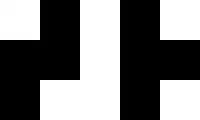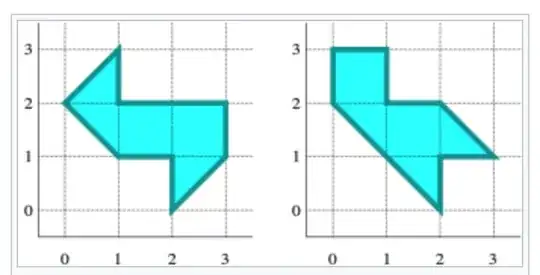I want to make an algorithm grouping all the details having the same shape. each detail is defined by its surface, and a list of contour lines.
First I believed that having the same perimeter length and same surface would be enough, but I saw on that link that it is wrong hypothesis.
If I take as additional condition that the two shapes have the same number of segments, would it be enough? Or else how can I check that?
The problem is for each detail, they can get rotation, or symmetry.
Edit :
Thanks for your answers, I finally found a way to solve the problem (answer below)




